History of the Office
Presidents of Hope College
Philip Phelps Jr., 1866–1878
First President
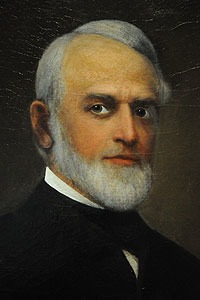 |
Hope is an ill-funded newborn in the wilderness. Appointed principal of the Holland Academy in 1859, the hands-on president helps the students build the first gymnasium/chapel in 1862. An Easterner, he has connections that prove invaluable to founder A.C. Van Raalte as he seeks support for the new school. Hope survives the 1871 fire that destroys much of Holland. |
Charles Scott, 1880–1893
|
|
Following a two-year provisional presidency by the Rev. G. Henry Mandeville, D.D., of New York, Professor Charles Scott assumes the leadership of a struggling college. Times are still lean, and whether or not Hope will continue to operate is an open question (the college even has trouble raising $50 to install lightning rods on Van Vleck Hall). Church support from “the West” is disrupted by the denomination's secession troubles. Even so, construction of the President’s Home and the start of Graves Hall suggest the shape of things to come. |
Gerrit J. Kollen 1893–1911
Hope College Class of 1868
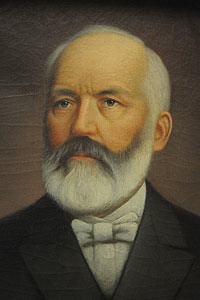 |
Hope’s first lay president, he possesses business experience that his predecessors lacked, and at a time when it was desperately needed. Raised on an Overisel farm, he becomes a debonair fund-raiser who achieves a coup in convincing philanthropist Andrew Carnegie — to whom he bears a resemblance — to finance Carnegie Gymnasium (he normally built only libraries). |
Ame Vennema 1911–1918
Hope College Class of 1879
 |
He inherits a policy that bans the ever-more-popular athletic teams from traveling during school terms, and with faculty support suspends the men’s basketball team for violating the rule in 1913. The students react by striking, a shocking move for the day. (The travel restrictions are eventually eased during his tenure.) Enrollment drops as Hope men enlist following the nation’s entry into World War I. |
Edward d. Dimnent 1918–1931
Hope College Class of 1896
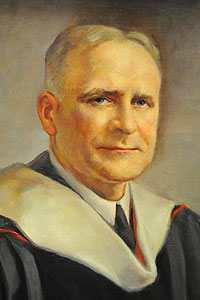 |
In the closing months of the war, Hope hosts a unit of the Student Army Training Corps, helping to fill and support the war-depleted campus. For the first time, Hope charges tuition (starting at $35 per year in 1920). He leads the effort to construct the Memorial Chapel, and rumor has it that he paid the remaining debt himself when the Great Depression hit. |
Wynand Wichers 1931–1945
 |
The college’s fortunes suffer during the Great Depression, and do not improve when World War II enlistment keeps male enrollment low. With overall enrollment down to about 400 students, there is even talk of closing Hope’s doors. Dr. Wichers helps bring in the Army Specialized Training Program, which in turn helps keep the college running. |
irwin J. lubbers 1945–1963
Hope College Class of 1917
 |
As former GIs flood the nation’s campuses, enrollment more than triples to some 1,300 in the first years of the presidency. Massive construction follows; Hope’s first president with a Ph.D., he also hires several young scholars. The college’s reputation grows, and in 1957 The Chicago Tribune names Hope one of the nation’s top 10 co-ed colleges. |
Calvin A. Vanderwerf 1963–1970
Hope College Class of 1937
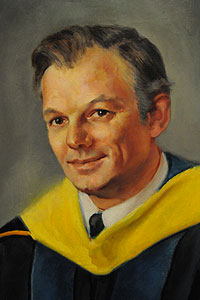 |
A turbulent and activist time nationally extends locally, as students protest campus policies like mandatory chapel and become involved in broader issues, such as demonstrating on behalf of Civil Rights. His emphasis on the sciences and advocacy of Hope’s research-based model is viewed as playing a vital role in developing the strong reputation Hope’s program enjoys today. |
Gordon Van wylen 1972–1987
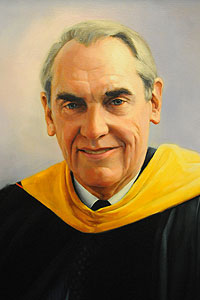 |
The college enters the 1970s with a certain ambivalence concerning its character. He helps make Hope’s focus deliberate by crafting a mission statement that emphasizes academic excellence in a Christian context. The era sees a building boom that ranges from the completion of Peale through the construction of the Van Wylen Library. Hope’s reputation grows. |
John H. Jacobson 1987–1999
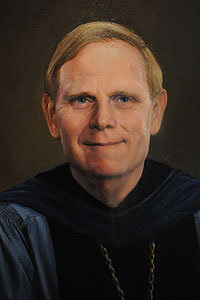 |
The student body continues to grow, leading to discussion of just how large Hope should become. Students, faculty and programs alike receive national acclaim. The campus extends with an eye toward Hope’s relationship with the surrounding community. Hope struggles with questions of diversity and how best to prepare students for, and to serve in, a multicultural world. |
James e. Bultman 1999–2013
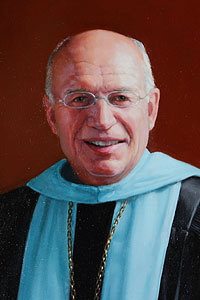 |
The emphasis throughout Dr. Bultman’s presidency is on assuring that Hope is both exceptional academically and vibrantly Christian. The college updates its mission statement and creates additional missional literature to both provide an overview of the distinctive qualities of Hope and serve as a guide for the future. Extensive campus enhancement meets an increased need for facilities as enrollment tops 3,300; across his tenure the acreage of the campus increases threefold, and virtually every major campus building is renovated and multiple new buildings are constructed or planned. |
John C. Knapp 2013–2017
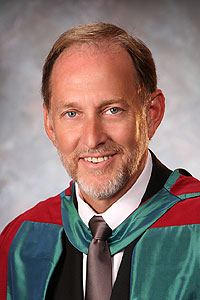 |
Dr. John C. Knapp becomes president committed to building on the college’s strong foundation. Within just a few months of taking office, he launches a strategic planning process that engages the extended Hope family in envisioning how the college can gain national and international stature as both a premier liberal arts college and a leader in Christ-centered education. The resulting, comprehensive plan, Hope for the World: 2025, completed in the spring of 2015, is designed to provide guidance for the next decade. |
Dennis N. Voskuil 2017–2019
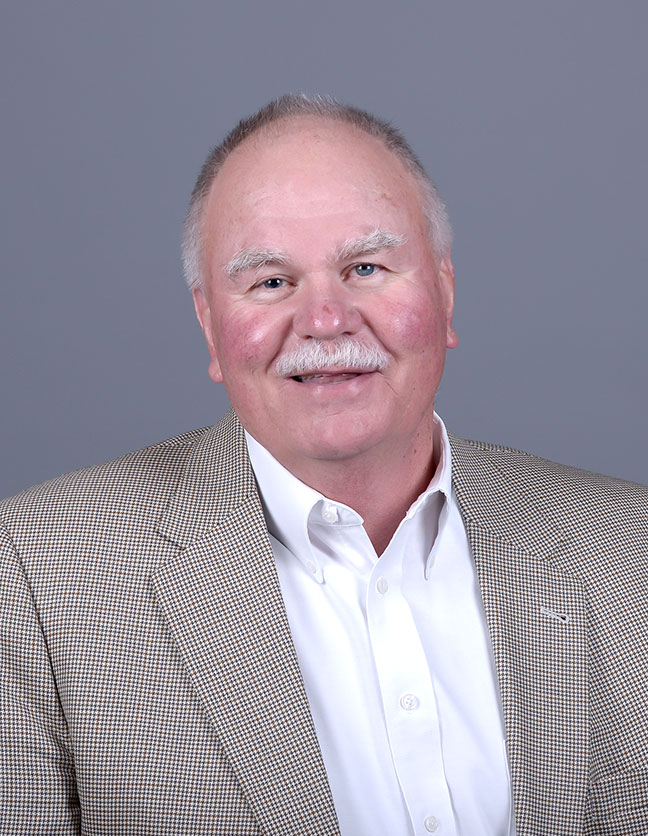 |
Rev. Dr. Dennis N. Voskuil serves a two-year, interim term at Hope’s request while the college conducts a national search for the next president. Formerly a long-time member of the college’s religion faculty and retired as president of Western Theological Seminary, he leads Hope in developing a Statement of Christian Aspirations that articulates the college’s emphasis, as an ecumenical institution of higher education, on being faithful, welcoming and transformational. |
Matthew A. Scogin 2019–
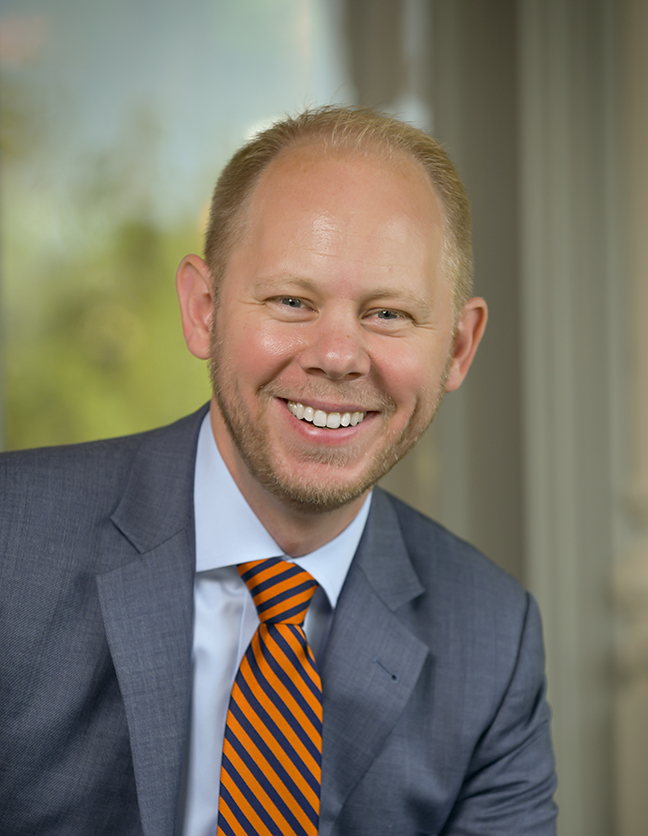 |
President Matthew A. Scogin ’02 is the 14th president of Hope College. He was elected by the Board of Trustees on December 7, 2018, and assumed office on July 1, 2019. Previously, Scogin served as chief administrative officer at the global financial advisory firm of Perella Weinberg Partners in New York City and has also held senior positions with both the New York Stock Exchange and U.S. Treasury Department. To address the broken funding model afflicting higher education nationally, he leads the college in launching Hope Forward, an entirely new approach that once completely realized will provide fully funded tuition for every student at Hope. |
President's Office
DeWitt Student Cultural Center141 East 12th StreetFloor 2Holland, MI 49423
workP. 616.395.7780
president@hope.edu